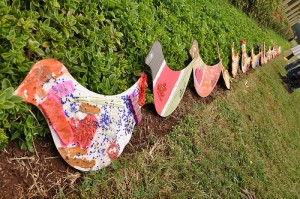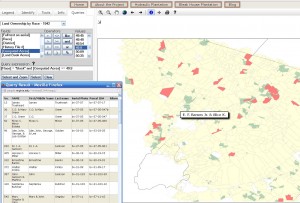Kids Tracks!
With 24 kids attending THATCampVA 2013, (wow!) we thought a few notes would help a smooth Camp for parents and kids.
We will offer 2 tracks, one geared towards older kids, the other geared towards younger. The tracks, much like the rest of THATCamp, are not strict; siblings, friends, and interested kids can choose whichever track suits best.
With such a strong showing from the under 20 set, we will need your creativity and participation. Consider taking a break from the adult track and deconstructing an old phone with some kids or participating in the kids aerial photography session. We are seeking 2-3 adults per kids session.
As a adult volunteer, what are you signing up for? A bit of fun and hacking:
- Minecraft, Printcraft, and game making
- GIS Scavenger Hunt
- MaKey MaKey Kit, Drawdio, Arduinio Hacking for Kids
- 3D Printer
- Deconstruction Table (P.S. We are seeking old phones, no longer working mechanical things-clocks, computers, etc. for kids to take apart.)
- Aerial Photography
- Outdoor Play
- Kid Friendly Programming (alice.org)
- Monticello-focuses session
- Art Station
- Board Games
- Have a good idea for a kid-focused session? Let us know!
9:30 Saturday marks the Adult Planning session and a concurrent “getting to know you” kids session; 10:45 am we will schedule the pre-planned blocks for kids sessions.
Parents, please note lunch will be provided, but afternoon snacks will be limited.






